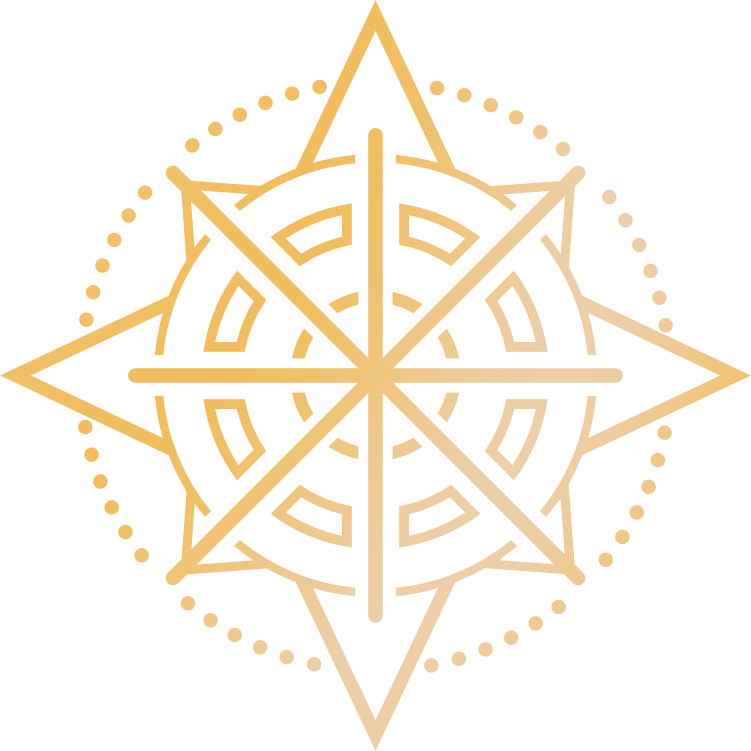Composite Charts for Teams
Most of us spend a huge chunk of our lives working in teams—whether it’s a start-up project, a creative agency, or a volunteer committee. And if you’ve ever wondered why some groups just “click” while others seem to grind gears, astrology has an interesting tool to offer: composite charts. Instead of focusing on individual horoscopes, a composite chart blends the energies of several people, giving you a bird’s eye view of your team’s unique vibe.
“Think of a composite chart as the group’s birth chart—a snapshot of your collective potential, strengths, and blind spots.”
Let’s break down how you can actually use this, without falling into mystical over-promises. Here’s how composite charts work for teams, with a real-world case, a simple how-to, and practical tools to try.
Why Bother With Composite Charts?
Workplace astrology is having a moment, but it’s not about matching zodiac signs at the water cooler. Composite charts let you see the “group personality” that emerges when you bring people together. It’s like chemistry class: hydrogen and oxygen alone are one thing, but together—voilà, water.
- Spot hidden strengths: Maybe your team is built for brainstorming but stumbles on deadlines.
- Anticipate friction: Composite Mars and Saturn clashing? Expect debates (and prepare healthy outlets).
- Improve collaboration: Knowing your team’s Moon sign can help you set a better meeting schedule or communication style.
Case Study: The Creative Campaign Crew
Last year, I worked with a digital marketing team launching a major campaign. Individually, everyone was talented, but the group kept spinning in circles on decisions. We ran a composite chart for the core team (using their birth dates—no birth times needed for most group work) and noticed they had a Leo Sun, Pisces Moon, and Mars square Mercury.
- Leo Sun: Big creative energy, but prone to drama.
- Pisces Moon: Sensitive to feedback, easily overwhelmed.
- Mars square Mercury: Passionate debates; sometimes miscommunication.
We tweaked their workflow: more brainstorming upfront (to satisfy Leo), weekly emotion check-ins (for Pisces Moon), and a “cool-down” rule after heated discussions. Productivity—and morale—shot up.
How to Build and Use a Composite Chart for Your Team (15 Minutes)
Step 1: Gather Birth Dates
You’ll need each team member’s birth date. Birth times and places are a bonus, but not essential for a general group chart. Don’t stress if someone’s info is missing—just note the limitation.
Step 2: Use a Reliable Chart Calculator
Go to Astro.com’s Group Chart Tool (free, accurate, and private). Input the birth data for each person. Select “Composite (midpoint method)” for the chart type.
Step 3: Interpret the Chart Basics
- Sun: The team’s core mission or “why.”
- Moon: Emotional climate; how the group feels and reacts.
- Mercury: Communication patterns.
- Mars: Drive, motivation, and conflict style.
For quick reference, here’s what these placements can look like for teams:
| Placement | Team Strength | Watch Out For |
|---|---|---|
| Sun in Aries | Bold, action-driven | Impatience, ego clashes |
| Moon in Cancer | Supportive, caring | Over-sensitivity, cliques |
| Mercury in Gemini | Great at brainstorming | Scattered ideas, lack of focus |
| Mars in Capricorn | Productive, organized | Workaholism, inflexibility |
Step 4: Map to Real-World Actions
Once you know your composite chart, use it to tweak your team’s workflow:
- If your team has a Fire sign Sun (Aries, Leo, Sagittarius): Kick off meetings with quick wins and high-energy tasks.
- If you spot Water sign Moon (Cancer, Scorpio, Pisces): Periodic check-ins and private feedback work best.
- Mercury in Air signs: Use collaborative docs and idea boards.
- Mars in Earth signs: Lean into structured agendas and clear deadlines.
Composite Chart Checklist (Quick Reference)
- Collect all team members’ birth dates
- Use Astro.com Group Chart Tool
- Read Sun/Moon/Mercury/Mars placements
- Discuss findings as a group (optional but helpful!)
- Test 1–2 small workflow changes for a week
- Review what worked, adjust as needed
Best Tools & Books for Team Astrology
- The Astrology of You and Me by Gary Goldschneider – Not just romance, but team dynamics too. Pros: Easy to use, covers work relationships. Cons: Not tailored for groups, but great for pairwise insights.
- Astrology for the Soul by Jan Spiller – Focuses on moon nodes but helps with group purpose. Pros: In-depth, practical. Cons: More philosophical, not a quick-start guide.
- Astro.com Group Chart Tool – Free and accurate. Pros: Private, no account needed. Cons: Interface is a bit old-school.
Recommended Products for Your Team Rituals
| Name | Key Feature | Size/Material | Price Range | Amazon Link |
|---|---|---|---|---|
| Crystal Grid Board | For team intention-setting | 12″ Birch wood | $20–$30 | See today’s deal |
| Team Tarot Deck | Collaborative readings | 78 cards, linen finish | $18–$25 | Check price on Amazon |
| Meeting Room Essential Oil Diffuser | Set calm, focused mood | 100ml, BPA-free | $15–$25 | Check price on Amazon |
Who’s it for? Any team that wants a creative, mindful edge—without veering into “woo.” All of these products can be used for regular team rituals or as icebreakers at meetings.
Downsides? Some team members may be skeptical. Frame these tools as creative exercises—not mandatory group therapy.
Final Thoughts
Composite charts won’t magically solve every team issue, but they offer a practical lens for understanding group dynamics. Think of them as a tool in your kit—alongside project management apps, Slack, and coffee. Try running a composite chart for your next project group or committee and see what patterns emerge.
Ultimately, the real magic is in the conversations and tweaks you make together.
Some links in this article may be affiliate. You pay the same, but this blog may earn a small commission. Thanks for supporting practical, science-respecting spiritual tools!







